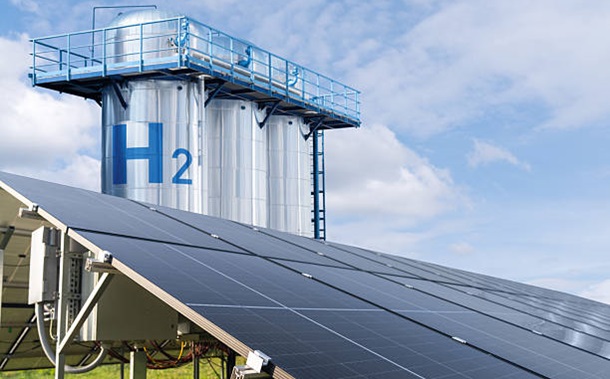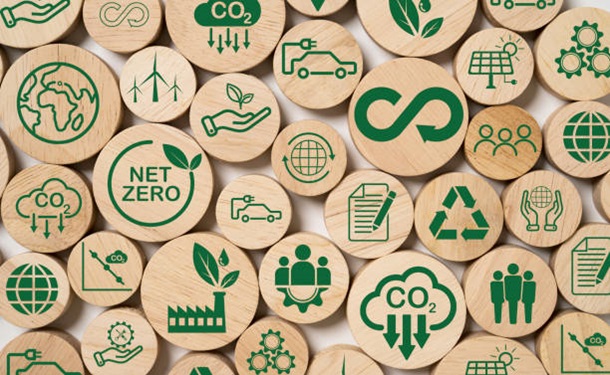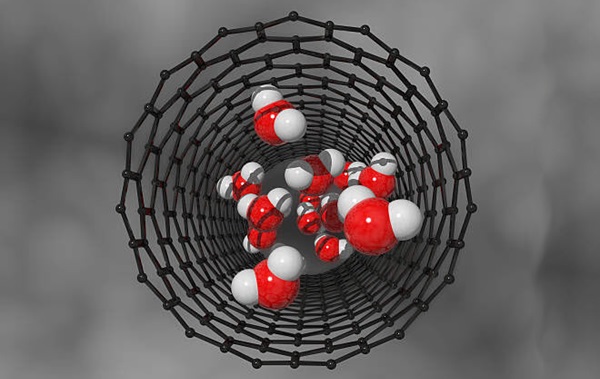Towards Energy Analysis and Efficiency for Sustainable Buildings
Downloads
Doi: 10.28991/ESJ-2023-07-06-022
Full Text: PDF
Downloads
ASHRAE Standard 90A. (1980). Energy Conservation in New Building Design. American Society of Heating Refrigerating and Air Conditioning Engineers, Peachtree Corners, United States.
Jakarta Green Building User Guide. (2012). Provincial Government Building Supervision and Enforcement Service DKI Jakarta & The Government of the Province of Jakarta Capital Special Territory. Vol. 1, Jakarta, Indonesia. Available online: https://greenbuilding.jakarta.go.id/files/userguides/Vol-1-BuildingEnvelope-UserGuide.pdf (accessed on May 2023).
Djamila, H., Rajin, M., & Rizalman, A. N. (2018). Energy efficiency through building envelope in Malaysia and Singapore. Journal of Advanced Research in Fluid Mechanics and Thermal Sciences, 46(1), 96–105.
Gan, W., Cao, Y., Jiang, W., Li, L., & Li, X. (2019). Energy-saving design of building envelope based on multiparameter optimization. Mathematical Problems in Engineering, 2019, 5261869. doi:10.1155/2019/5261869.
Janda, K. B., & Busch, J. F. (1994). Worldwide status of energy standards for buildings. Energy, 19(1), 27–44. doi:10.1016/0360-5442(94)90102-3.
KETTHA (2019). Kementerian Tenaga Teknologi Hijau Dan Air. National Energy Efficiency Action Plan, Malaysia.
Klein, L., Li, N., & Becerik-Gerber, B. (2012). Imaged-based verification of as-built documentation of operational buildings. Automation in Construction, 21, 161–171. doi:10.1016/j.autcon.2011.05.023.
Rashid, Y. R., Sulaiman, M. S., Aziz, A., Selamat, H., Mat Yani, A. H., & Kandar, M. Z. (2011). Greening government's office buildings: PWD Malaysia experiences. Procedia Engineering, 21, 1056–1060. doi:10.1016/j.proeng.2011.11.2111.
Sharvini, S. R., Noor, Z. Z., Chong, C. S., Stringer, L. C., & Yusuf, R. O. (2018). Energy consumption trends and their linkages with renewable energy policies in East and Southeast Asian countries: Challenges and opportunities. Sustainable Environment Research, 28(6), 257–266. doi:10.1016/j.serj.2018.08.006.
P.W.D. (1986). Handbook of Energy Conservation in Building and Building Services. Building and Construction Authority, The Development & Building Control Division (P.W.D.), Singapore.
Verdote, A. G. (1994). Energy in Building. Proceedings of AEEMTRC 12th Seminar, ASEAN-EC Energy Management and Training Centre, 20-24 June, 1994, Singapore.
Wilberforce, T., Olabi, A. G., Sayed, E. T., Elsaid, K., Maghrabie, H. M., & Abdelkareem, M. A. (2023). A review on zero energy buildings – Pros and cons. Energy and Built Environment, 4(1), 25–38. doi:10.1016/j.enbenv.2021.06.002.
Deng, Z., Chen, Y., Yang, J., & Causone, F. (2023). AutoBPS: A tool for urban building energy modeling to support energy efficiency improvement at city-scale. Energy and Buildings, 282, 112794. doi:10.1016/j.enbuild.2023.112794.
Albdour, M. S., Baranyai, B., & Shalby, M. M. (2023). Overview of whole-building energy engines for investigating energy-related systems. Pollack Periodica, 18(1), 36–41. doi:10.1556/606.2022.00606.
Abanda, F. H., & Byers, L. (2016). An investigation of the impact of building orientation on energy consumption in a domestic building using emerging BIM (Building Information Modelling). Energy, 97, 517–527. doi:10.1016/j.energy.2015.12.135.
Bui, N., Merschbrock, C., & Munkvold, B. E. (2016). A Review of Building Information Modelling for Construction in Developing Countries. Procedia Engineering, 164, 487–494. doi:10.1016/j.proeng.2016.11.649.
MS 1525:2014. (2014). Energy efficiency and use of renewable energy for non -residential buildings - Code of practice (Second Revision). Department of Standards Malaysian, Cyberjaya, Malaysia.
MS2860:2017. (2017). Energy efficiency and use of renewable energy for residential buildings. Department of Standards Malaysian, Cyberjaya, Malaysia.
Garagnani, S., & Manferdini, A. M. (2013). Parametric Accuracy: Building Information Modeling Process Applied to the Cultural Heritage Preservation. The International Archives of the Photogrammetry, Remote Sensing and Spatial Information Sciences, XL-5(W1), 87–92. doi:10.5194/isprsarchives-xl-5-w1-87-2013.
Jalaei, F., & Jrade, A. (2015). Integrating building information modeling (BIM) and LEED system at the conceptual design stage of sustainable buildings. Sustainable Cities and Society, 18, 95–107. doi:10.1016/j.scs.2015.06.007.
Sacks, R., Koskela, L., Dave, B. A., & Owen, R. (2010). Interaction of Lean and Building Information Modeling in Construction. Journal of Construction Engineering and Management, 136(9), 968–980. doi:10.1061/(asce)co.1943-7862.0000203.
Azhar, S., Khalfan, M., & Maqsood, T. (2012). Building information modeling (BIM): Now and beyond. Australasian Journal of Construction Economics and Building, 12(4), 15–28. doi:10.5130/ajceb.v12i4.3032.
Olofsson Hallén, K., Forsman, M., & Eriksson, A. (2023). Interactions between Human, Technology and Organization in Building Information Modelling (BIM) - A scoping review of critical factors for the individual user. International Journal of Industrial Ergonomics, 97, 103480. doi:10.1016/j.ergon.2023.103480.
Ariffin, E. Y., Mustafa, N. E., & Sapri, M. (2023). Perspective towards the Perceived Benefits and Challenges on Building Information Modelling - Facility Management (BIM-FM) Integration at an Early Stage of BIM Projects. International Journal of Real Estate Studies, 17(1), 70–82. doi:10.11113/intrest.v17n1.198.
Chan, A. L. S., & Chow, T. T. (2013). Evaluation of Overall Thermal Transfer Value (OTTV) for commercial buildings constructed with green roof. Applied Energy, 107, 10–24. doi:10.1016/j.apenergy.2013.02.010.
Vijayalaxmi, J. (2010). Concept of Overall Thermal Transfer Value (OTTV) in Design of Building Envelope to Achieve Energy Efficiency. International Journal of Thermal and Environmental Engineering, 1(2), 75–80. doi:10.5383/ijtee.01.02.003.
Saidur, R., Hasanuzzaman, M., Hasan, M. M., & Masjuki, H. H. (2009). Overall thermal transfer value of residential buildings in Malaysia. Journal of Applied Sciences, 9(11), 2130–2136. doi:10.3923/jas.2009.2130.2136.
Shillinglaw, J. A., & Chen, K. T. (1987). Overall thermal transfer value±skin-deep quantifying of energy gain and conservation. Building Journal, April, 84-93.
Doi, R. (2022). Are New Residential Areas Cooler than Older Ones?. Emerging Science Journal, 6(6), 1346-1357. doi:10.28991/ESJ-2022-06-06-08.
- This work (including HTML and PDF Files) is licensed under a Creative Commons Attribution 4.0 International License.



















